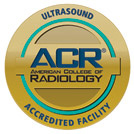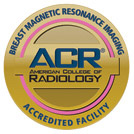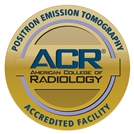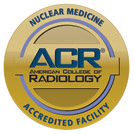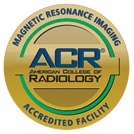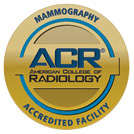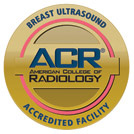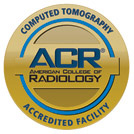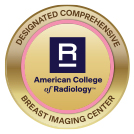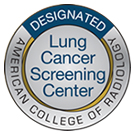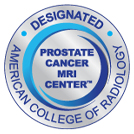When a patient shows signs of atherosclerosis, also known as coronary artery disease (CAD), a doctor may request a cardiac CT for calcium scoring. This imaging procedure for the coronary arteries uses specialized X-ray equipment to determine if plaque buildup has narrowed or completely blocked an artery. This non-invasive procedure with minimal downtime helps evaluate your heart attack risk.
What Is Cardiac CT for Calcium Scoring?
Scans take very little time and do not involve contrast materials. No radiation remains in the body afterward and you can resume normal activities once the procedure has finished.
While similar to a traditional X-ray, CT scans generate cross-sectional and even three-dimensional images of your body’s internal organs, bones, blood vessels and soft tissue, but offer a significantly more detailed view. For the arteries, a scan for coronary calcium indicates the presence, pinpoints where it is and how much has accumulated. In addition to the images, the scan will put together a calcium score, indicating the amount of plaque in your arteries.
The scanner itself is a round-shaped machine with a tunnel through the middle, where an examination table slides in and out. As you’re in the tunnel, the X-ray tube and X-ray detector measure the amount of radiation your body absorbs to take a series of images. From here, the table on which you’re positioned adjusts, so the X-ray beam can go along a spiral or helical path. To monitor the exam, a technologist sits in a separate room to operate the scanner and may occasionally communicate with you.
As this is going on, a computer program parses together the data to create two-dimensional cross-sectional images, viewed on a monitor by a technologist in another room. Generally, a single pass results in multiple images. Especially with newer machines, a scan creates thinner slices of an image, improving detail for a closer, more intricate view. From here, these images may be printed out onto film or by 3D printer and may be saved on a CD or DVD for further viewing by your doctor.
Who Should Have This Procedure?
Doctors generally recommend a cardiac CT scan if a patient displays signs of CAD or shows risk factors for the disease but has no symptoms. These signs tend to be:
- High blood cholesterol
- Family history of heart attacks
- Diabetes
- History of smoking – even if you’ve quit
- You’re overweight or obese
When fat and other substances accumulate under the artery’s inner layer, calcified plaque starts to form. Enough buildup leads to atherosclerosis (CAD), in which these substances build up within the blood vessel walls and, with time, restrict blood flow. Plaque may fully block off the artery and has been known to rupture and cause blood to clot inside the artery. Many patients display no symptoms until an incident happens, such chest pain – also called “angina” – or a heart attack.
What You Can Expect
While no special preparation is required for calcium scoring, patients should abstain from caffeine and smoking at least four hours before the procedure is scheduled. Be sure to arrive in comfortable, loose-fitting clothing, but leave all metal objects at home, as these can affect image quality. Prior to the scan, female patients should inform both the doctor and the technologist if they are or suspect they may be pregnant.
During the procedure, you’ll be asked to lie on the exam table, flat on your back. The technologist attaches electrodes to your chest and an electrocardiograph (ECG) machine to monitor the heart’s activity. The table will go through the scanning tube, until it reaches the correct starting position. From here, it travels at a slow pace through the machine as the scan is being performed. Typically, a scan involves multiple passes. So the technologist can obtain high-quality images, he or she will request that you hold your breath for 10 to 20 seconds at some point during the scan.
Once the CT scan is complete, the radiologist goes through the images to produce a report for the doctor who recommended the procedure. The results may indicate:
- Negative Scoring: The test indicates no calcification within the coronary arteries, so your chance of having a heart attack over the next five years is low. The test further shows you don’t have CAD or it’s at a very low degree.
- Positive Scoring: A visible amount of calcification is present and indicates your potential heart attack risks. Your doctor may institute various preventative measures, including medications or a diet and exercise plan to lower your risk.
If your test is positive or any abnormalities are detected, the doctor may recommend a follow-up exam to determine if a treatment plan is working or show if calcification has changed in any way.
Does a cardiac CT scan for calcium scoring sound like the right procedure for you? Contact us to make an appointment today.





